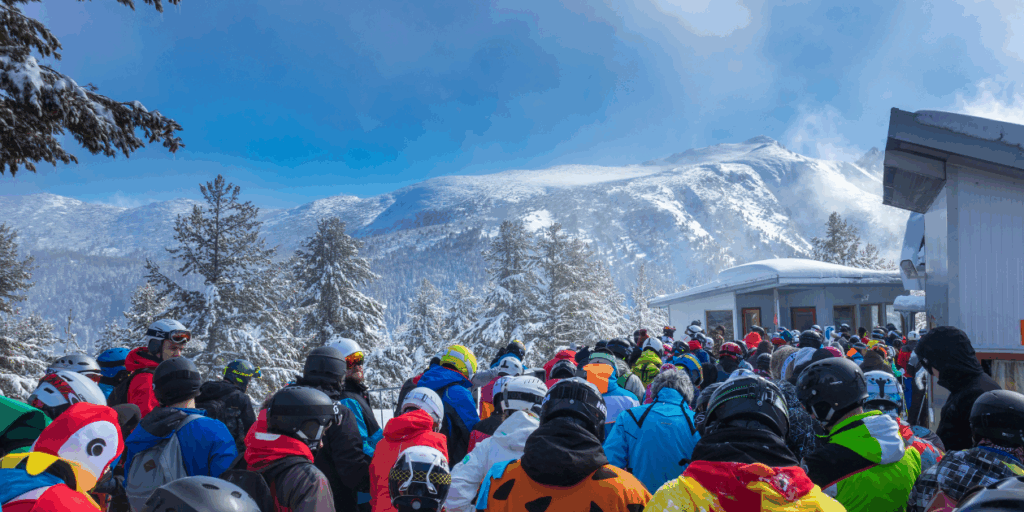As ski resort operators prepare for a new season, one thing is clear: pricing can’t stay static. With rising guest expectations and variable demand, dynamic pricing for ski operators has become more than a trend; it’s a necessity.
Dynamic pricing enables you to optimize revenue, manage visitation patterns, and deliver more value to your guests. But where do you begin? Whether you’re just starting to explore dynamic pricing or looking to refine an existing approach, a strong foundation is key.
Before rolling out dynamic pricing, you need a clear strategy. Start by evaluating your resort’s identity: Do you serve primarily locals? Are you a destination resort? Or do you cater to both? This understanding helps shape your pricing tiers and communication plan. From there, consider how pricing intersects with demand, guest experience, operational readiness, and technology.
To help you get started (or reset your current strategy), we’ve developed a practical and comprehensive Dynamic Pricing Best Practices Checklist. It covers essential areas such as:
-
- Transparent communication with guests
-
- Guardrails to prevent pricing missteps
-
- Early-bird incentives
-
- Off-peak pricing strategies
-
- Real-time demand alignment
-
- Guest feedback monitoring
-
- Data and technology alignment
-
- Gradual rollout planning
Pro Tip: One of the most important best practices? Start small. Pilot a few core changes, collect insights, and evolve from there.

Ready to elevate your pricing strategy?
Whether you’re new to dynamic pricing or fine-tuning your strategy, this guide is packed with actionable insights to help your resort thrive.




